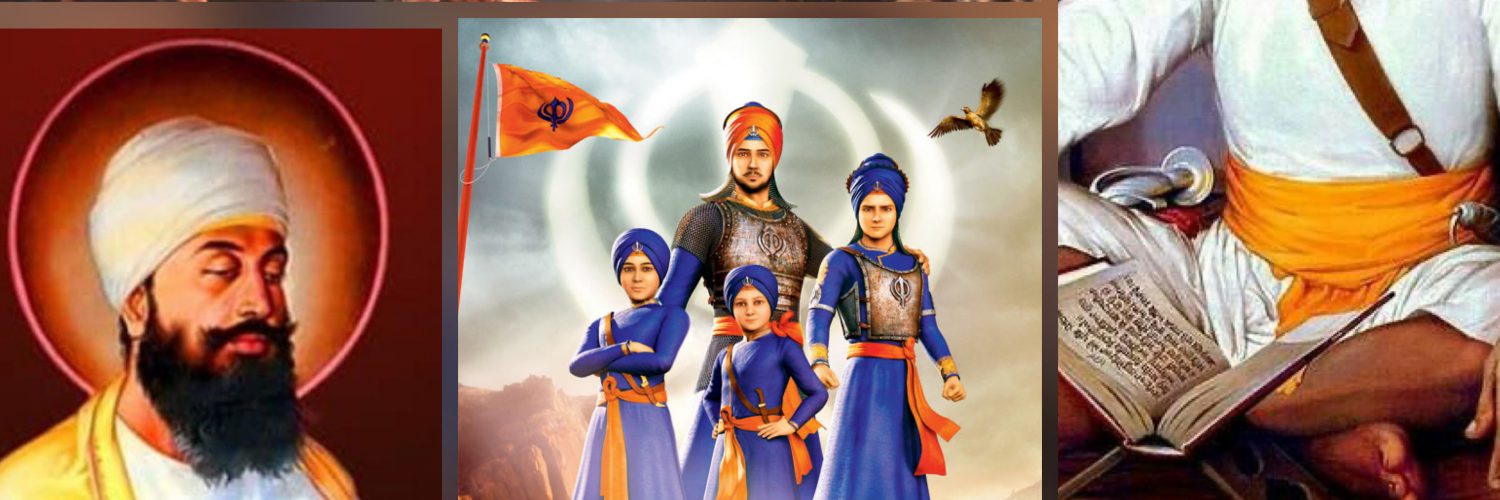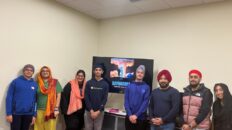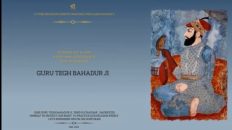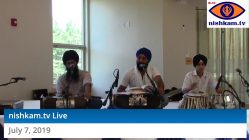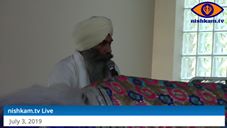By: Simrit Kukreja
ਸੂਰਾ ਸੋ ਪਹਿਚਾਨੀਐ ਜੁ ਲਰੈ ਦੀਨ ਕੇ ਹੇਤ ॥
sūrā sō pahichānīai j larai dīn kē hēt .
He alone is known as a spiritual hero, who fights in defense of the downtrodden.
ਪੁਰਜਾ ਪੁਰਜਾ ਕਟਿ ਮਰੈ ਕਬਹੂ ਨ ਛਾਡੈ ਖੇਤੁ ॥੨॥੨॥
purajā purajā kat marai kabahū n shādai khēt .2.2.
He may be cut apart, piece by piece, but he never leaves the field of battle. ||2||2||
Guru Granth Sahib – Ang 1106 “Bhagat Kabir”
Aim of Khalsa: To be a SAINT-SOLDIER, Sant -Sipahi . This shlok stresses resolve, determination, justification, and fighting to the last. Spiritual warriors always have a just reason for going to war. Fight for the marginalized. Guru Gobind Singh ji taught us that the sword is only to be used as a last resort.
This shlok also has a strong significance to the principles of Sikhism. In Sikhism, martyrs are those who follow the principle of fighting the wrongdoing with the cost of death. This could be oppression, slavery, or someone trying to force the conversion of one’s religious belief. Battlefield here could be a real war with violence or a social platform to shout out one’s voice. Throughout Sikh history, there have been numerous martyrs and resilient Sikhs following this principle and even under immense torture and pain, they still kept true to that principle. In Sikh History, these martyrs include people of all ages including brave kids (Sahibzaade), men (Singhs), and women (Kaurs), who stood up to the oppression of the weak and gave their lives. Even today, these martyrs encourage us to continue on the same path of defending the weak and support one’s religious beliefs. Here, we will spotlight some of these people who have set examples for generations to come.
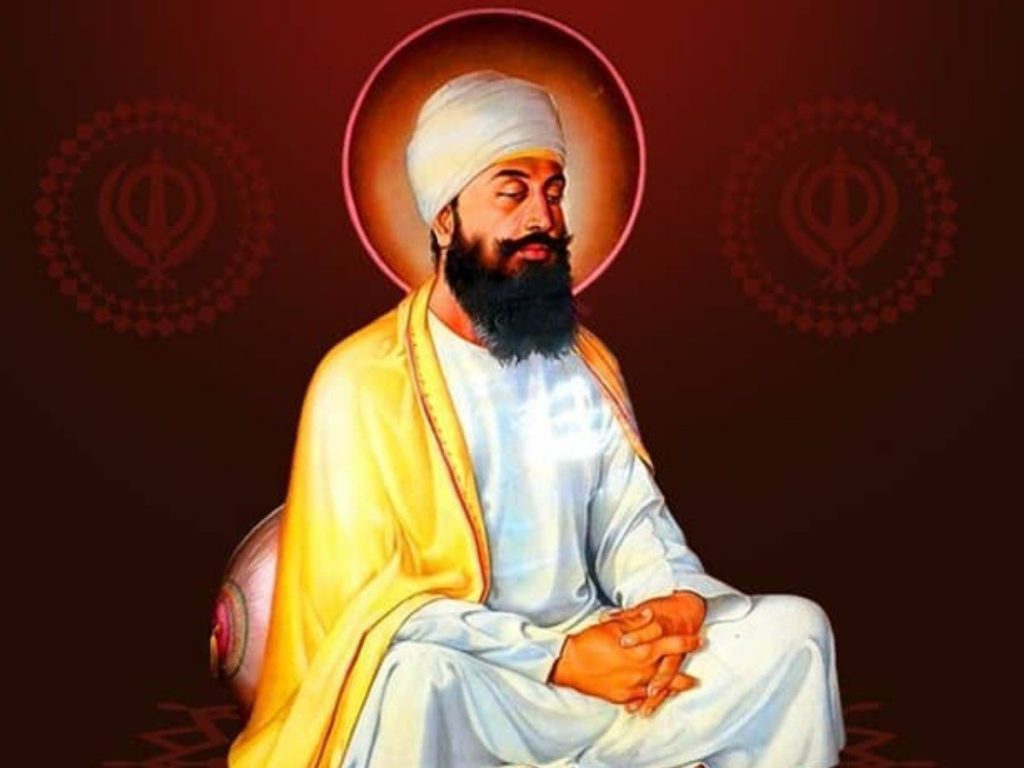
Guru Tegh Bahadur ji: He was the ninth Guru of Sikhs. He was approached by Hindu Pandits from the Kashmir region, seeking the Guru’s intercession against the forced conversions of Hindus to Islam by the Mughal rulers of India. Guru Teg Bahadur Ji was publicly executed via beheading at the imperial capital of Delhi on the orders of Emperor Aurangzeb for himself refusing to convert to Islam and for supporting the Hindu Pandits by resisting these forced conversions
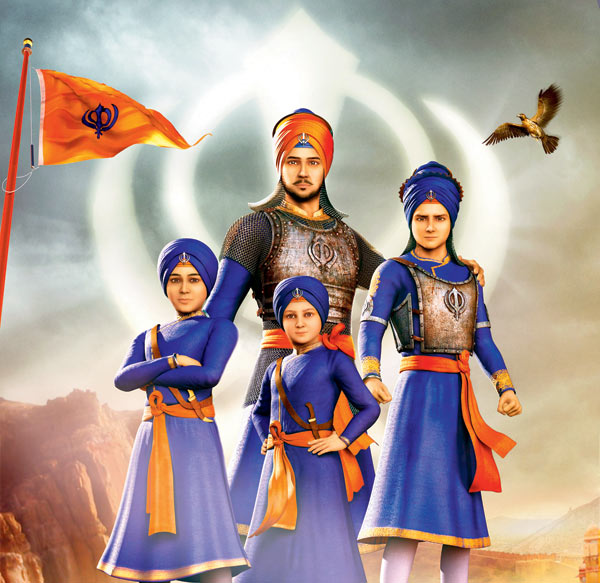
The Chaar Sahibzaade - Ajit Singh, Jujhar Singh, Zorawar Singh, and Fateh Singh were the 4 sons of Guru Gobind Singh Ji, the tenth Guru of Sikhs. The younger sahibzaade, Zorawar Singh and Fateh Singh, were taken with Mata Gujri by the Mughals to Wazir Khan. After refusing to become Muslim, the chote Sahibzaade were ordered to be bricked alive. This took place on December 26th, 1705. The 2 older brothers, Ajit and Jujhar Singh fought in the battle of Chamkaur. During that battle, they died and achieved martyrdom.
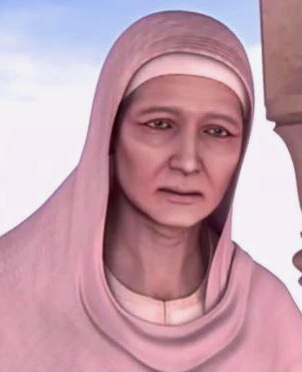
Mata Gujri ji: She was Guru Tegh Bahadur Ji’s wife, the ninth Guru of Sikhs and mother to Guru Gobind Singh ji and grandmother to the chaar Sahibzaade. Although she did not lose her life in war or by the hands of any tyrant, her teachings paved the way for younger Sahibzaade – Zorawar Singh and Fateh Singh to embrace Sikhi to their core. Its the foundation of Sikhism she instilled in them, which gave them the courage to stand up against Wazir Khan’s will to change their religion to Islam, eventually being martyred. Mata Gujri laid the foundation of Sikhism in her son and grandsons, and also she breathed her last around the same time when younger Sahibzaade were martyred.
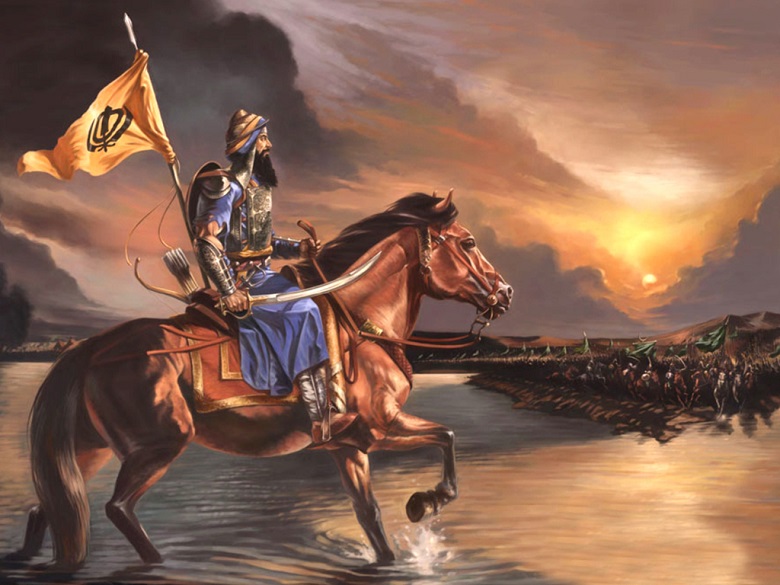
Baba Banda Singh Bahadur: He was born as Lachman Das and was given Banda Singh Bahadur’s new name after the Baptism Ceremony. He was a Sikh warrior and a commander of the Khalsa army. He fought many battles against the Mughal Empire. After establishing his authority and Khalsa rule in Punjab, he abolished the zamindari system and granted property rights to the land’s tillers. Banda Singh was captured by the Mughals and tortured to death in 1715–1716. Harshest torments were reserved for him. His eyes were pulled out, and his hands and feet chopped off. His flesh was torn with red hot pincers. The end came, mercifully for him with the executioner’s ax falling on his neck, he sat unperturbed.
With Banda’s death, the torch of the Khalsa was taken up by new warriors like Nawab Kapur Singh Virk, Sardar Budh Singh, Sardar Charat Singh, Baba Deep Singh ji Shaheed, Sardar Jassa Singh ji Ahluwalia, Maharaja Ranjit Singh, Hari Singh Nalwa and others. With his end Sikhism did not die. On the contrary Sikhism came out strong. The Age of the Dal Khalsa and the Sikh Misls (principalities) had dawned. Within ninety years, Ranjit Singh Sukerchakia united the Misls, captured Lahore and established the Sikh Kingdom of the Punjab.
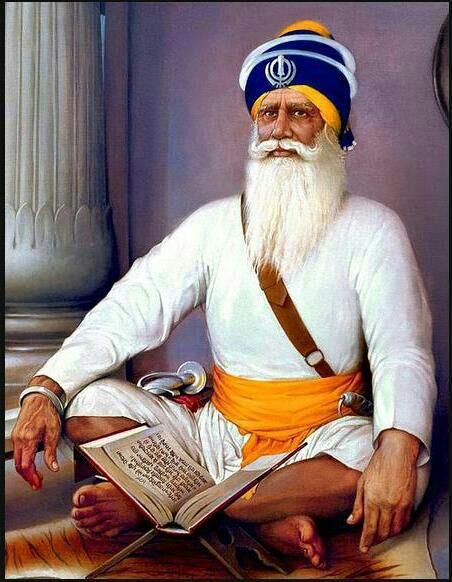
Baba Deep Singh: He was born on January 26, 1682, to his father Bhagta and mother Jioni. In 1699, he was baptized into Khalsa by Guru Gobind Singh ji. He learned weaponry, horse riding, and martial arts from Guru Gobind Singh Ji. In 1748, Baba Deep Singh was made the leader of the Sikh republic State “Shaheed Misl”. On November 13, 1757, he led an army of sikh soldiers into the battle of Amritsar, to defend the Harmandir Sahib and raged a fierce battle with Afghan Soldiers. His head was decapitated and he fought with his head in one hand and sword in other hand and breathed his last breath at Harmandir sahib.
These examples of martyrs have again and again reminded us to follow in their footsteps and stay true to these principles. We have seen numerous examples of people standing up to wrongdoings in society. Martyrdom has been achieved either in combat or via peaceful protesting against suppression and wrongdoing. Bhai Mani Singh ji, Bhai Taru Singh ji, General Zorawar Singh and most recently Bhagat Singh, all followed this path and the farmers of India are displaying the same principles and emotions on the streets of Delhi at present.
The burden comes on the newer generation to stand our ground against wrongdoings, to cause a change eventually. The people of this generation will be part of the people that set the examples of Sant-Sipahi (Saint Soldier) for those to come.

